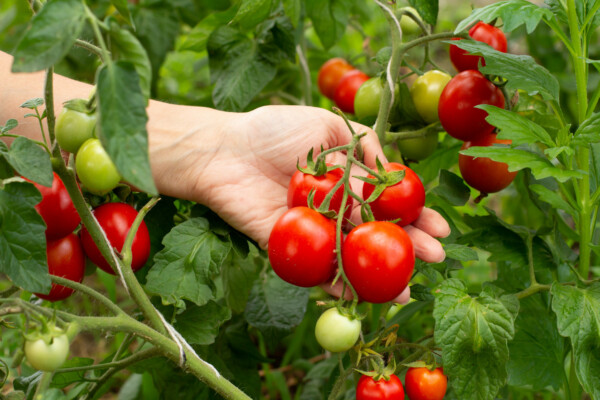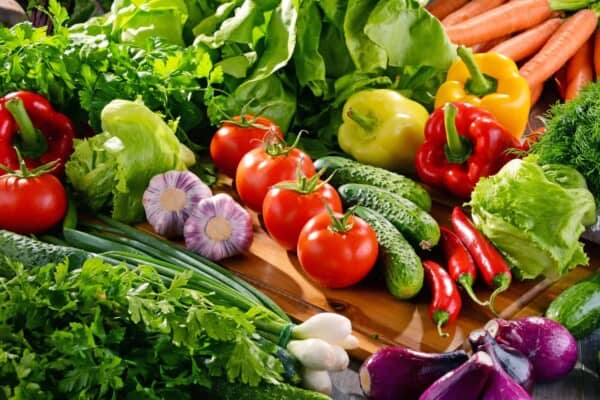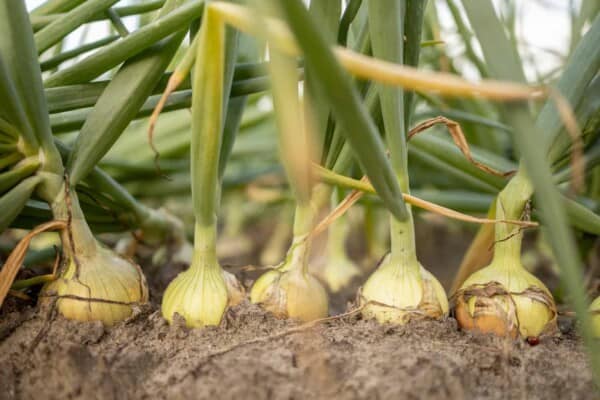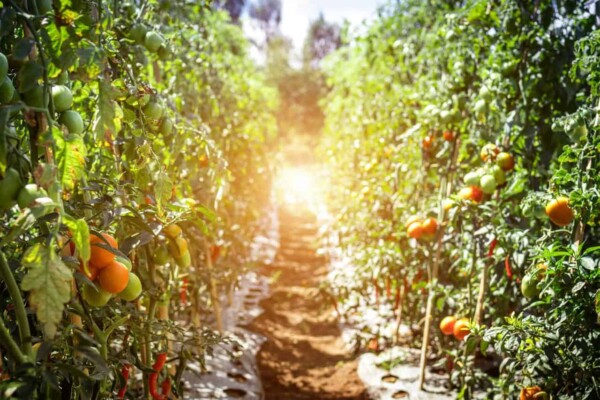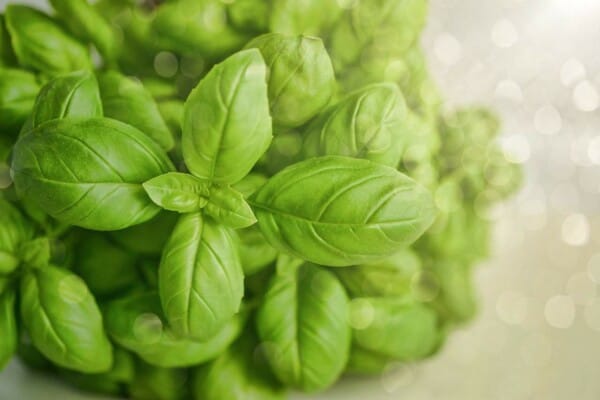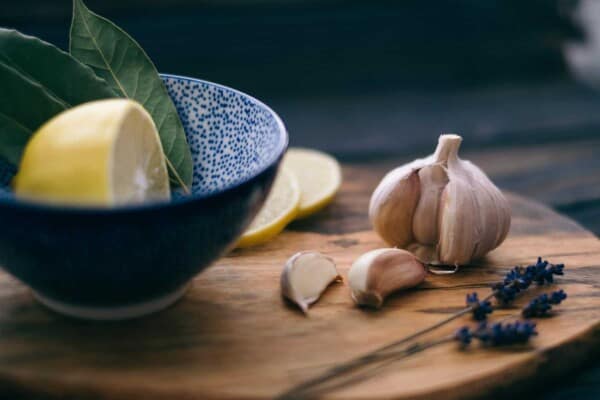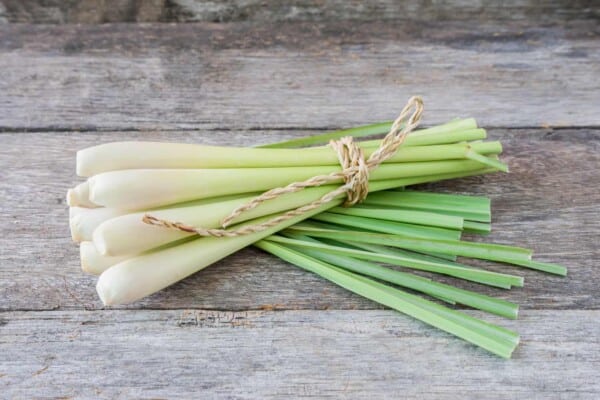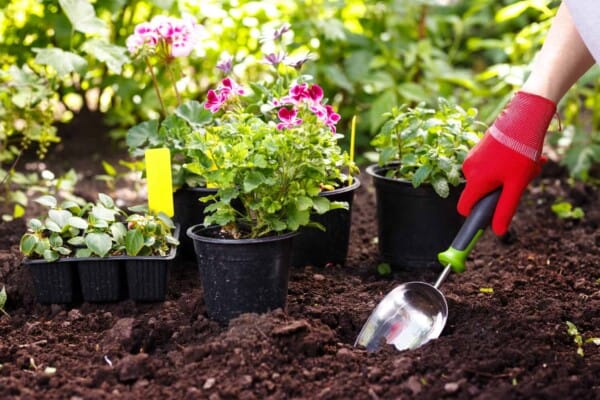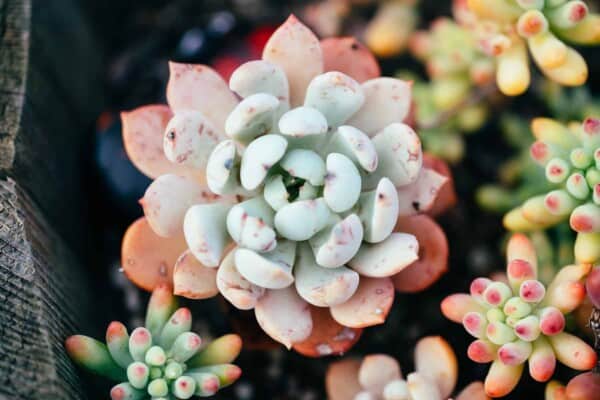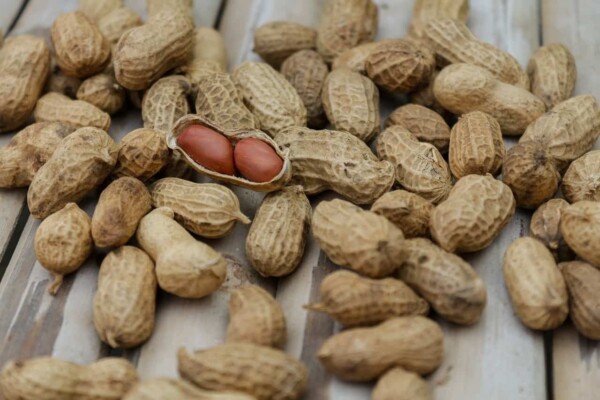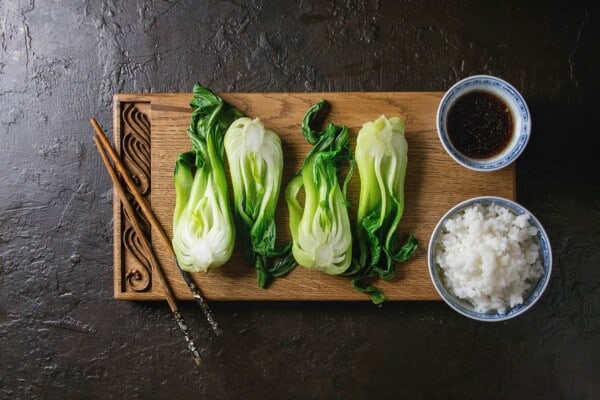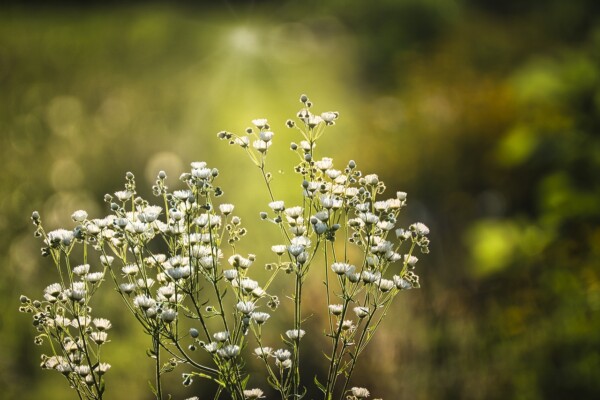The best plans of all time start with a grain of thought, and there is no better allegory for that than starting off your own greenhouse in your own backyard.
If you’re like us, you’ve probably asked yourselves “why do I purchase all of my veggies and fruits from the local farmer’s market when I can grow them myself?” and you’d be a hundred percent right.
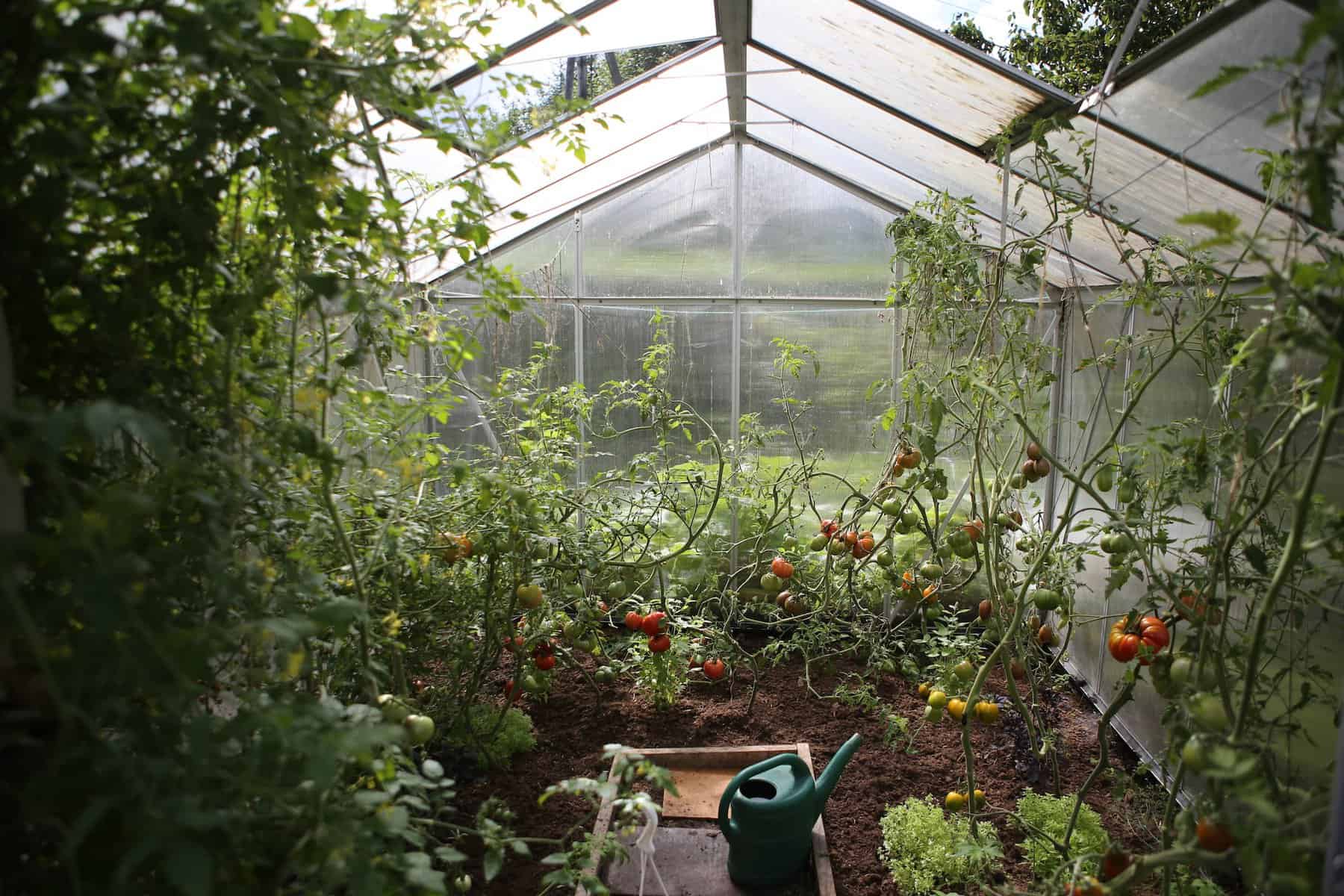
The thing about growing your own produce is that it all starts with a simple greenhouse, and as soon as you take that first step, the rest is history for sure.
So, in this article we decided to give you a brief rundown of the 25 best greenhouse plants that you can start off with. So without further ado, let’s just hop right into our first pick of the day:
25. Ginseng
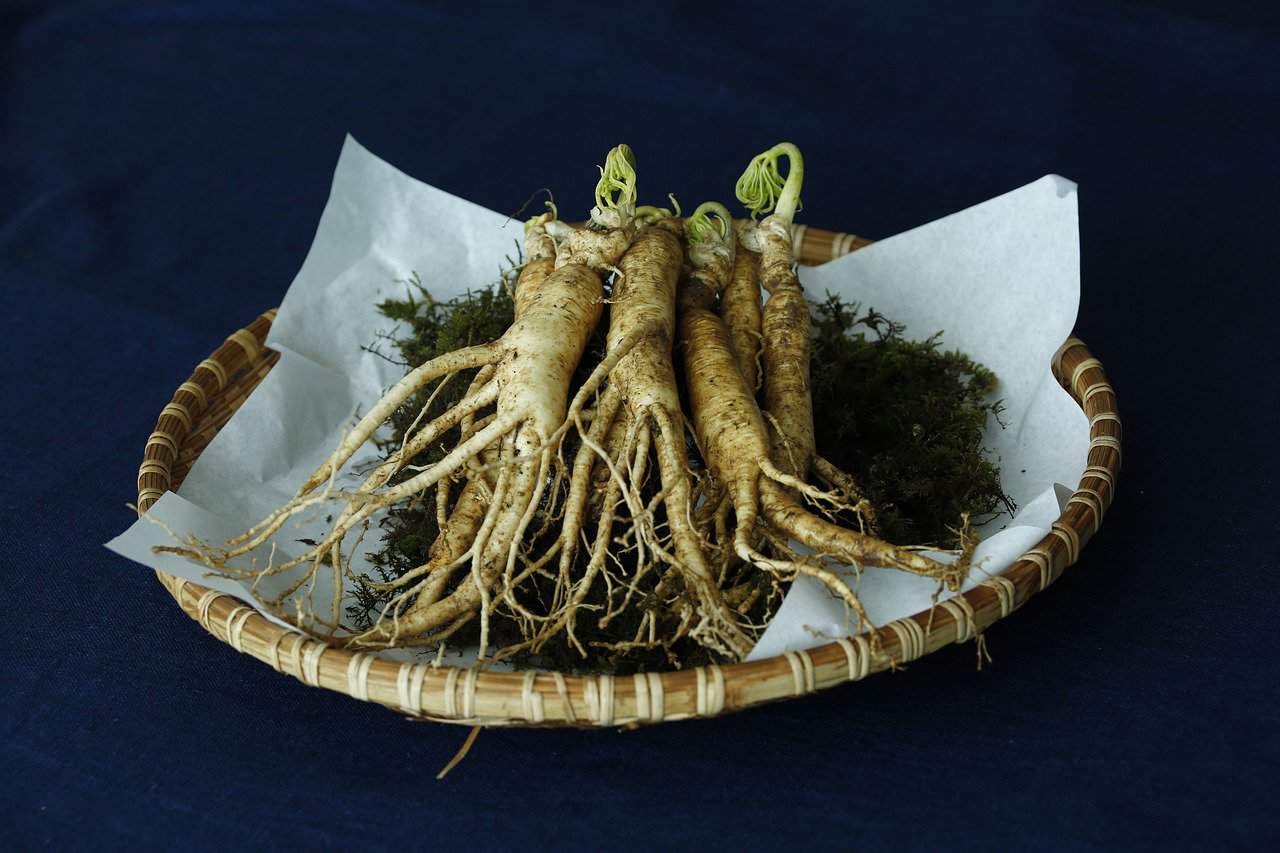
Ginseng is always going to be a great choice simply because it is a multipurpose crop. You can harvest it for its medicinal purpose, or you could just do it in order to get a quick buck from the local farmer’s market.
Regardless of what you go with, ginseng is always going to be a top tier option for your greenhouse, and that’s a fact.
24. Mushrooms

One thing you should always keep in mind as far as mushroom farming is concerned is the fact that they need to be grown carefully due to their hazardous nature.
They have a multitude of purposes for you to make use of though and if you are adamant about having them in your greenhouse you surely won’t regret it anytime soon.
Just remember that every mushroom is different in what they like and what they don’t like, so always consult a guide on the specific mushroom you wish to grow before you actually start planting away.
23. Carrots

Everybody loves carrots, and that’s a fact. They can be planted at anytime whatsoever, even during the coldest of winters since they can tolerate frost with ease. Not only that but they’re also very easy to grow, just get loose, sandy soil ready and make sure to water them properly so they can grow nicely.
About two to four months later you can start harvesting them, although this is very much so dependent on the variety you went with or just the growing circumstances alone.
22. Tomatoes

Tomatoes are easily some of the most delicious summer fruits – yes, tomatoes are actually fruits, not vegetables. They are known as one of the best choices for newcomers, and on top of that, due to how many varieties there are, you can really style up your greenhouse by going with whichever one you personally prefer.
The bush variety doesn’t require any staking or pinching out, which is why it is considered to be the better one for beginners, although the cordon variety is not that far off either.
21. Green Onions
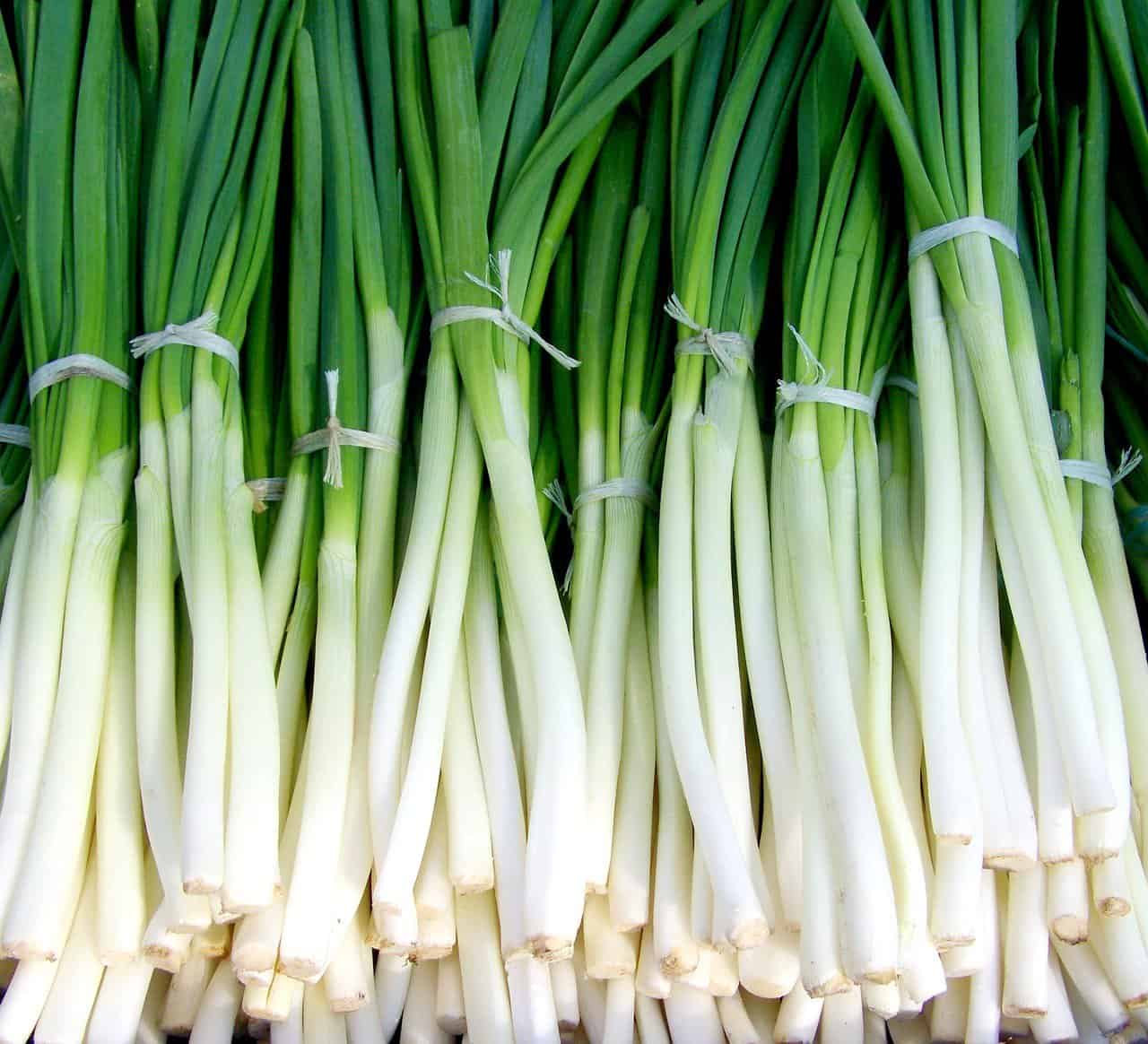
Green onions are known to thrive in colder, coastal or climate-controlled greenhouses. They are very easy to grow and are practically maintenance-free, so if you’re very busy but you still want to grow something in your greenhouse you can always go with these.
You can either plant your green onions in seeds or sets, with the latter being by far the easiest option on the table. Don’t forget to dry them in the sun as soon as they’re out of the soil.
20. Bamboo

Bamboo is one of the most unique crops for you to add to your greenhouse. It actually is quite easy to grow and it really doesn’t take all that long to reap the benefits either.
You can always just plant them wherever too and you can get them within a few years afterwards, with literally no help from you whatsoever.
19. Spinach

Spinach is an amazing all-year-round option that you need to consider, especially if you live in a warmer climate.
You can even grow a lot of spinach in an unheated greenhouse, which makes this a great choice for you if you want a constant supply of healthiness growing in your greenhouse.
You can also feed the spinach to your animals, especially so during hard winters when there isn’t a lot of greenery to go around.
18. Squash
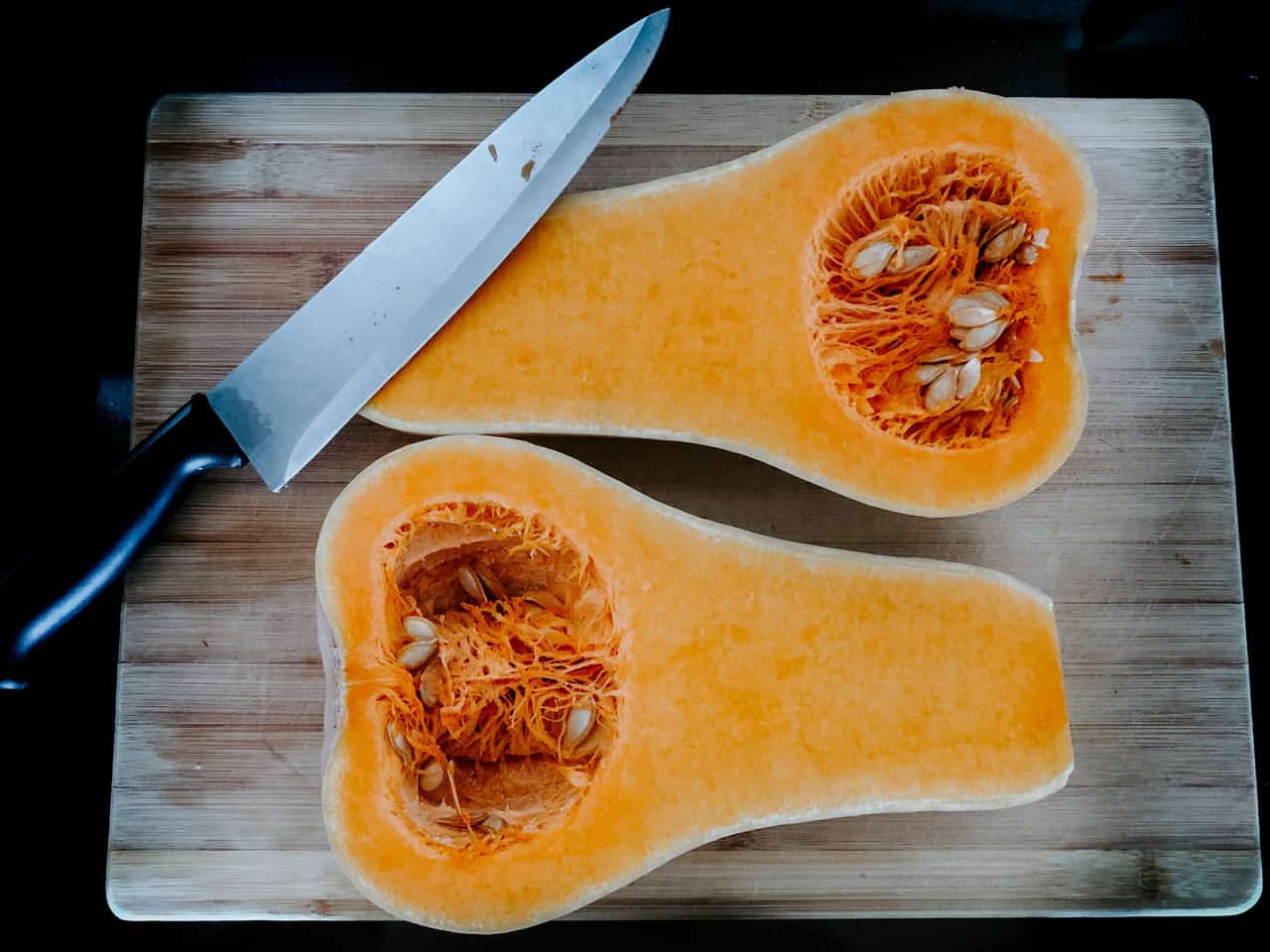
Squash makes for another amazing choice since it is especially easy to grow, just keep in mind that you may want to always double check on their progress.
This is because they can very well take over the place and make it so that nothing else can coexist around them either.
17. Asparagus

Asparagus is one of our top picks for sure, simply because they can produce for well over 20 years if properly taken care of.
Garden asparagus are amazing, and if you can you can always just plant twenty asparagus crowns in your greenhouse so that everyone around the household can get their fix from it.
Just keep in mind that they can’t handle any competition, so if you have any weeds or grasses around, they will refuse to grow.
16. Turnips
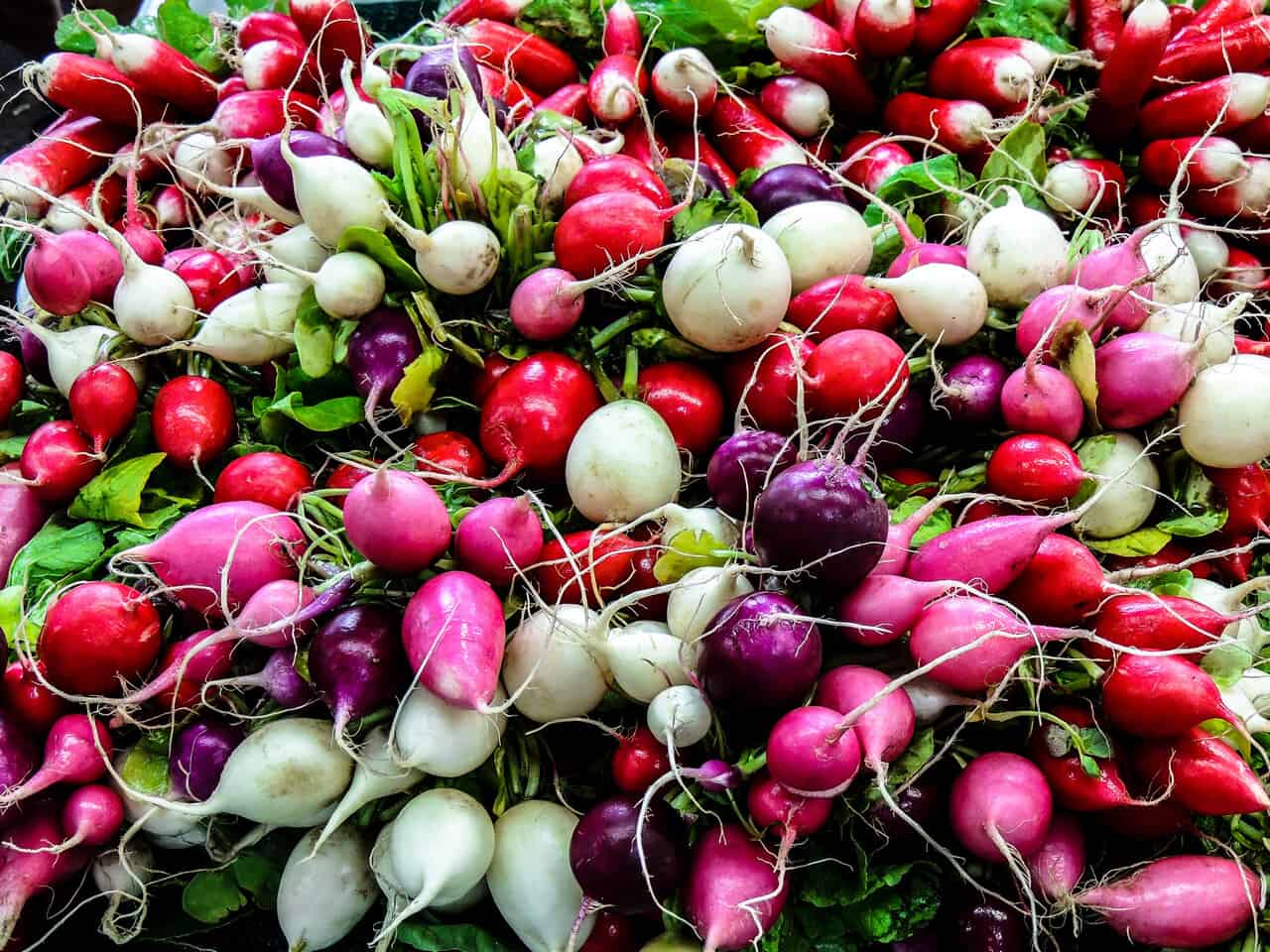
Turnips are fast-growing greens that belong to the mustard family. You can enjoy both the roots and the greens themselves, and what makes this even better is that they will sprout within a couple of days or so.
They are especially nutritious too, so if you want to make your breakfast more delicious while also adding to the health factor, turnips should definitely be on your list.
15. Raspberries
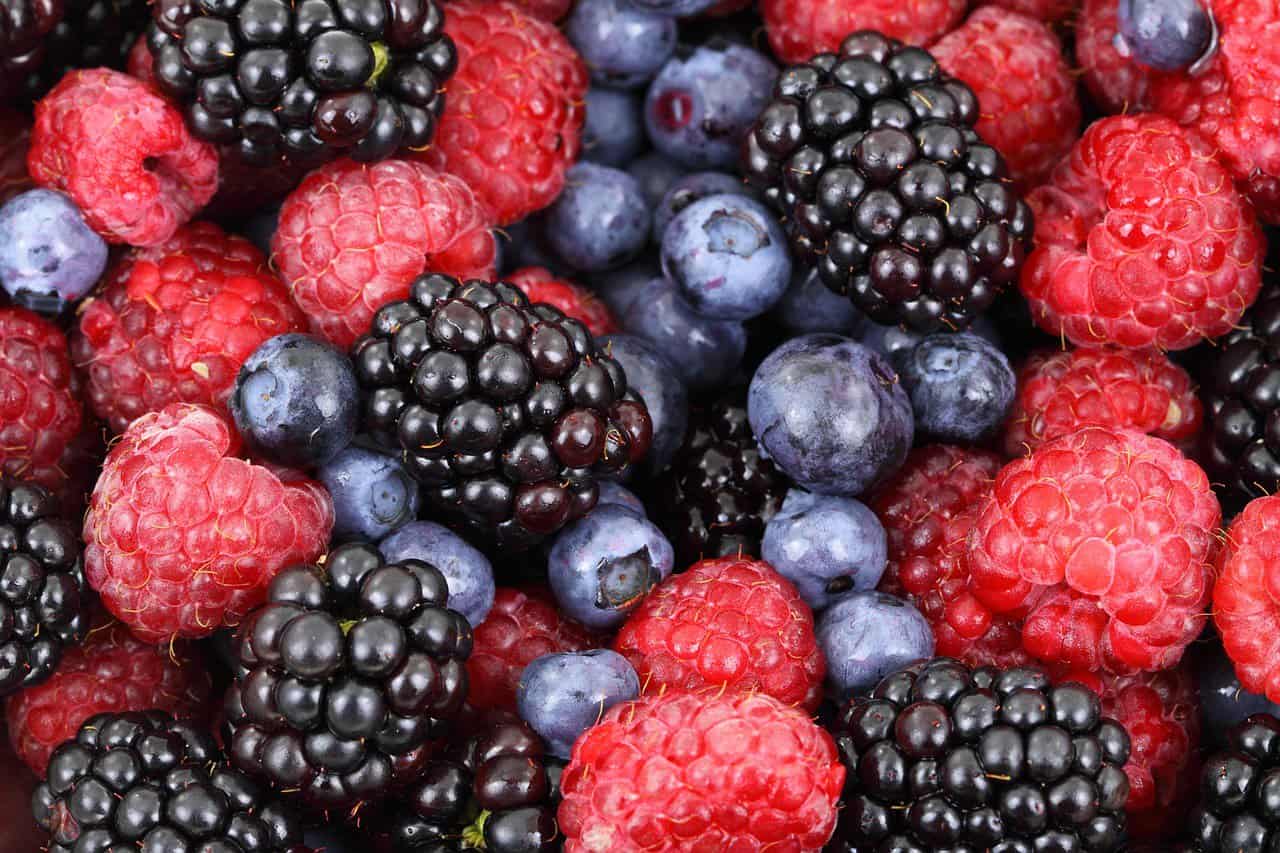
Raspberries are amazing because they can be grown at any time of the year. On top of that, they are also very low maintenance and they can start fruiting in their very first year of maturity too.
They can develop in pretty much any conditions whatsoever, although they do prefer 70 degrees Fahrenheit for the most part.
The harvest season will last you about 8 to 10 weeks, but luckily you can always just freeze them and eat them whenever you feel like it afterwards.
14. Peppers

If you want to spruce up your greenhouse with a bit of color, you can always just go with some of these pepper varieties.
They vary a lot when it comes to their color, taste and size, but what they all have in common is the fact that they’re both very delicious and nutritious at the same time.
They do require a longer period of time to actually scrounge up the sweetness or spiciness you’re looking for, but just keep in mind that the wait will be worth it for sure.
13. Cantaloupe
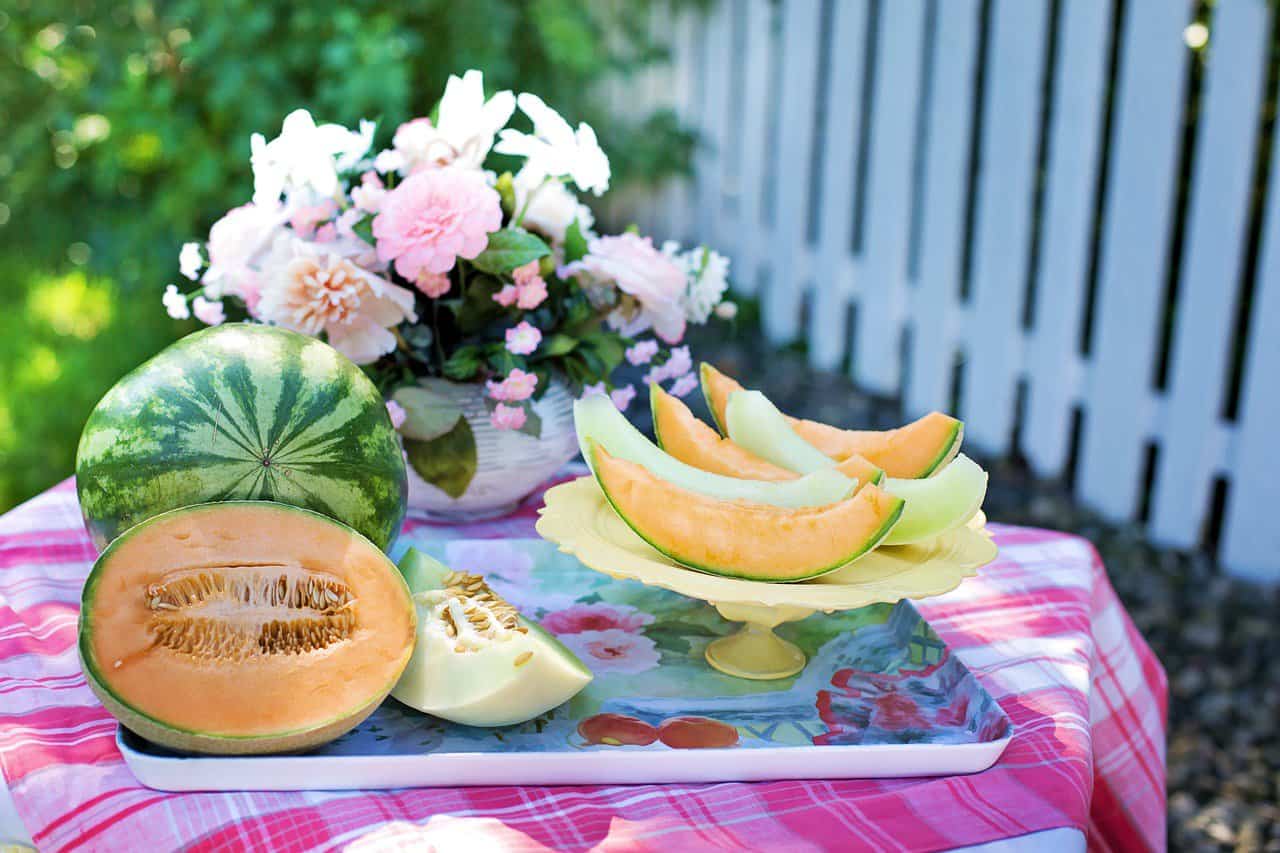
This is one of the most satisfying things to grow in your greenhouse, and that’s a fact. Just keep in mind that cantaloupes require a lot of moisture, sunshine, warmth and space, so if you can’t adhere to these requirements you may want to skip this option.
You can tell that they are ready to be harvested though by the crack in the stem that they all share as soon as the season starts. The taste though makes this one of the most delicious options you could go for.
12. Catnip
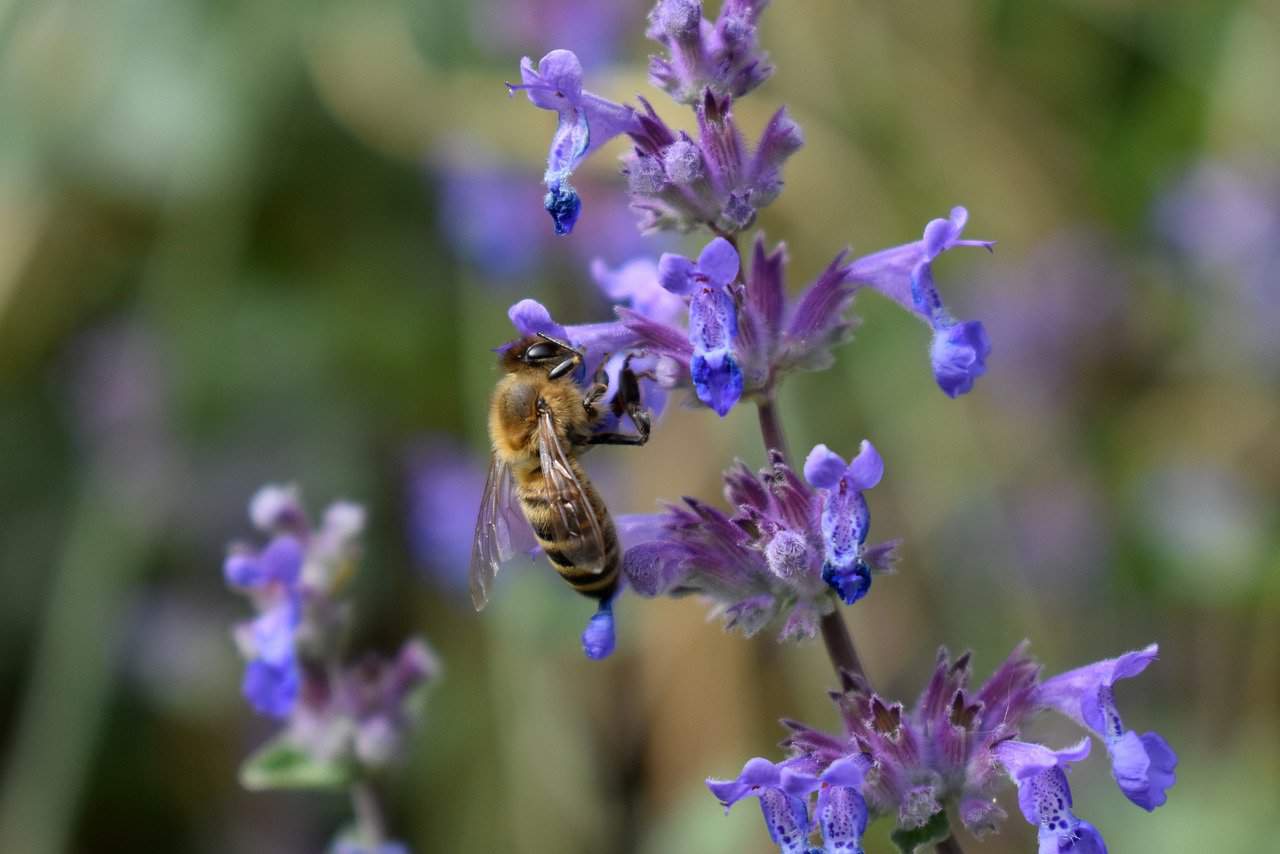
Catnip is known to grow very easily in sunny spots, although you should keep in mind the fact that it does require a little bit more space than you’d think.
On top of that, you will need to water it down regularly while also draining it so it doesn’t get drowned up by accident.
Don’t mist your flower too much either because that can lead to mold growing on it.
Interestingly enough, catnip does also attract a lot of helpful insects, so you may want to opt for catnip if you want to repel bugs and help out the ecosystem around your greenhouse all at the same time.
11. Chillies
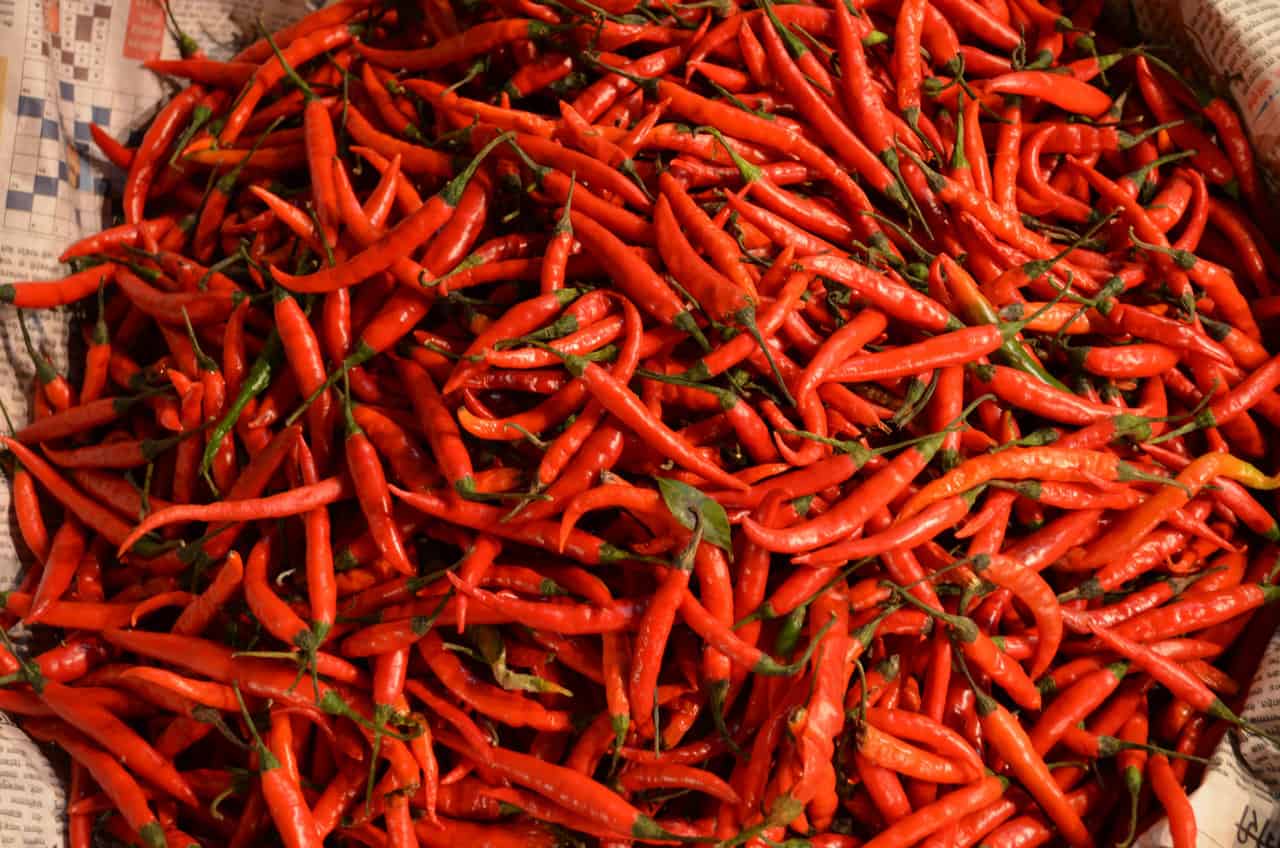
Chillies always make for a great greenhouse choice as long as you like your mouth turning into an active volcano with every bite.
All jokes aside, chillies are amazing since they only really require regular watering and a decent amount of lighting.
As far as the temperature is concerned, a steady state of 60 to 64 degrees Fahrenheit is sure to do them justice, just keep in mind that you will need to make sure that they’re constantly wet too.
We always recommend that you start your seeds in a heated propagator or indoors for a while, before you actually transport them to the greenhouse, so if your greenhouse doesn’t have any sort of heating going on you can always opt for this.
10. Grapes

One thing you need to know about grapevines is the fact that they have some of the deepest roots you’ll find, so you will need to make sure that their pots are deep enough to sustain them. A safe bet that you can always go for is 16 inches, with around six inches of a distance between them and the walls.
You can place your grapes in full sunlight while you’re at it too, although you should know that they will grow best at 61 degrees Fahrenheit.
As long as they get around seven or so hours of sunlight per day and a good watering session every seven to ten days though, they’ll be more than fine.
9. Melons
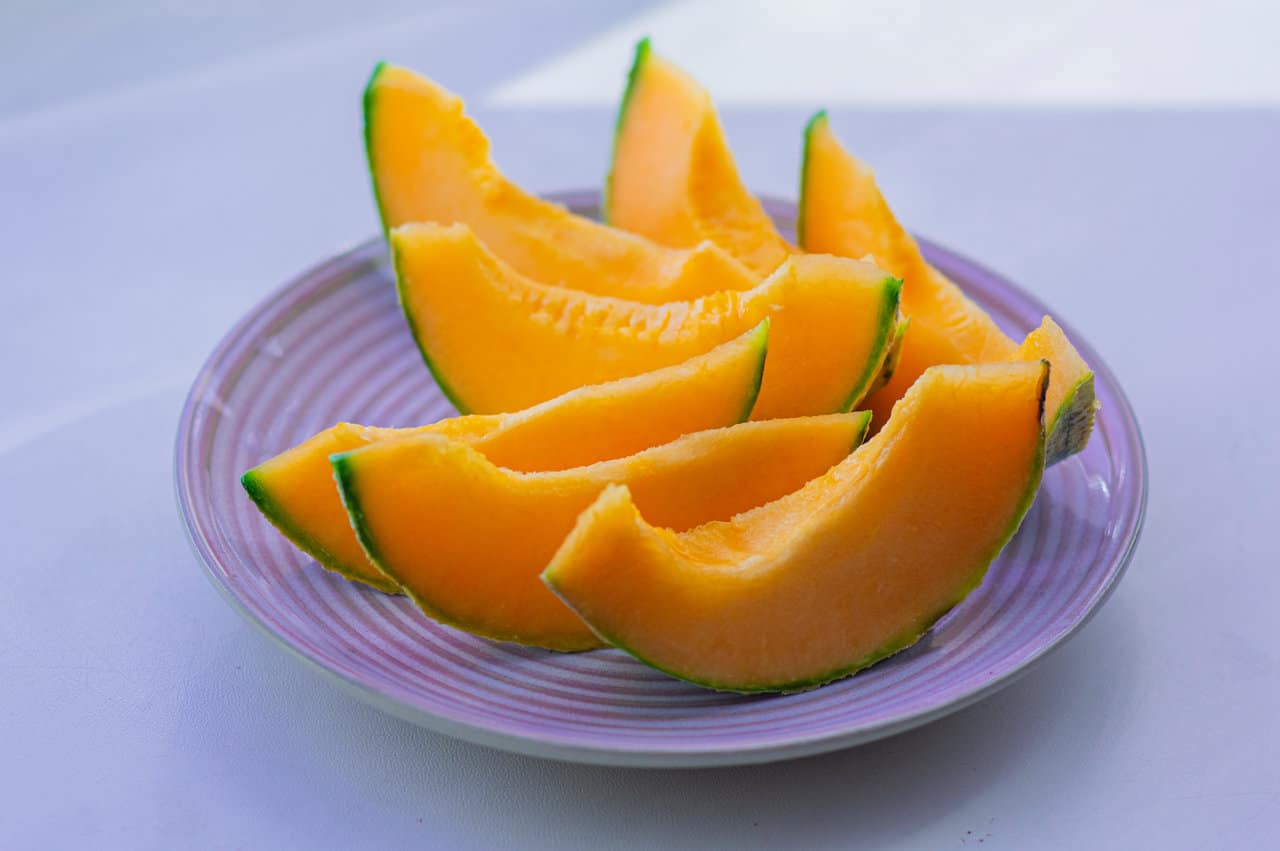
Melons make for another amazing option that you should consider, especially so since they thrive off of humidity and heat.
For the most part you should keep the greenhouse around 59 to 73 degrees Fahrenheit, and if you can, we recommend that you plant them in fertile, well-drained soil that you water once per week.
As soon as the plants reach the ripe old age of five weeks old you can transplant their seeds away, and if you’ve done a proper job, you should be able to tell right off the bat since they will instantly grow in size.
8. Citrus
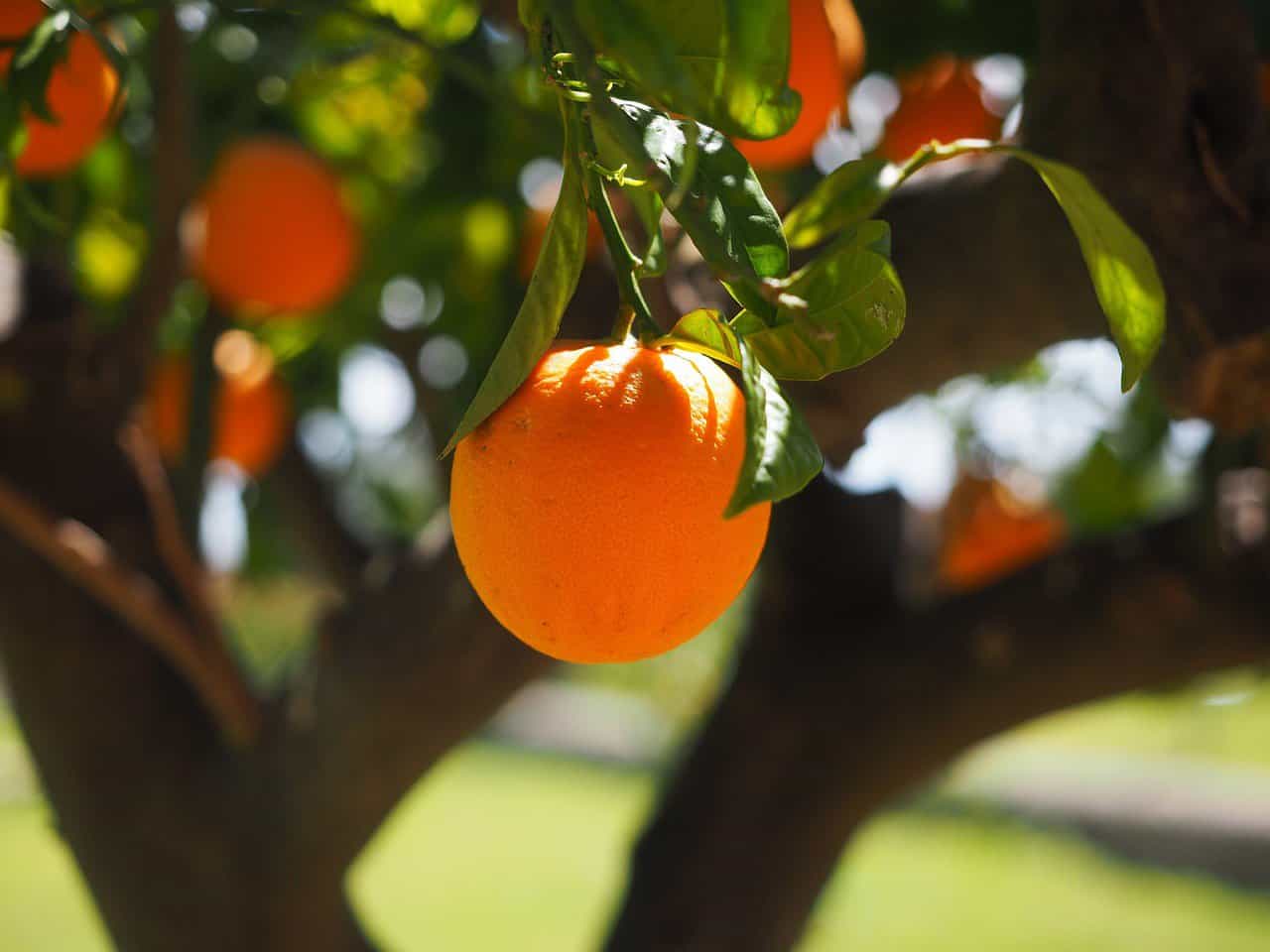
The best part about citrus fruit is just how diverse they really are taste wise. Lemons, limes and oranges are all amazing options for you to go with, and as long as you keep them between 70- and 90-degrees Fahrenheit, they are sure to sprout a lot of produce for you.
Just keep in mind that any colder than 70 will definitely cause your plants to drop their leaves, which is the last thing you want to say the least.
For the most part though, as long as they get around six to eight hours of sunlight daily alongside a decent amount of watering, that should do the job nicely.
7. Cucumbers

The ideal temperature for your greenhouse when growing cucumbers is between 53- and 59-degrees Fahrenheit. If you do want to support their germination though you will need to prop those numbers up to about 60 to 70 degrees Fahrenheit.
You will only need about 55 to 70 days after planting the cucumbers for them to be ready for harvesting, so this will always make for a great option if you don’t have a lot of time and you want to reap the benefits of your greenhouse right off the bat.
6. Eggplants
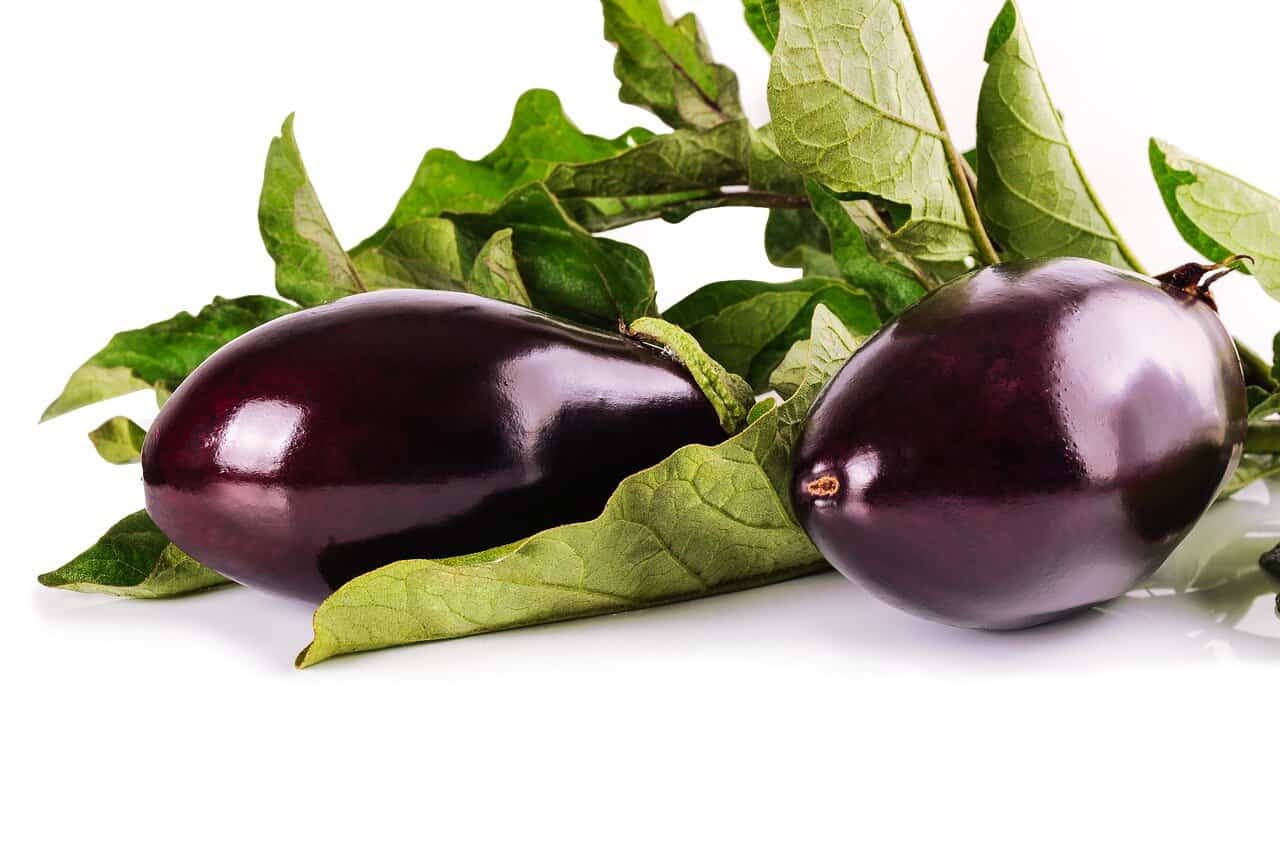
The thing that you need to know about eggplants is that they do require a nutrient-rich, loamy soil, so you can’t just plant them wherever and hope for the best.
As far as the temperature is concerned, anywhere between 69- and 74-degrees Fahrenheit is perfect for them, and when it comes to the liquid fertilizer, you can always go with tomato food to speed up the process.
When it comes to the watering process, go with about one inch of water per week, and always keep a close eye on the color of the eggplants. If they turn duller, they’re most certainly going to be bitter and spongier for example.
5. Potatoes

Potatoes will always be amongst the top crops you can have in your greenhouse, regardless of your level of expertise as a farmer.
Just make sure that the buds are facing upwards when you cover them up with about three inches of soil, and about two weeks later you can start fertilizing them.
Temperature wise, 60 to 70 degrees Fahrenheit is ideal, but if you want the root growth to occur better you should go with anywhere between 50 to 95 degrees too. Water them with about two inches per week for maximum growth.
4. Peas

Always go with around 73 degrees Fahrenheit for your peas, and make sure that they are kept in containers around two inches apart from one another so that they don’t entangle one another.
The soil should be kept around 39 degrees Fahrenheit, and as far as the harvesting season is concerned, just keep a close eye on when the pods are full of mature peas.
We recommend that you go with the Meteor pea if your greenhouse is unheated, since they can easily survive through colder temperatures and thrive as long as you water them every now and then.
3. Kale

Kale plants are known to thrive in direct sunlight, but if you can’t give them that then you should still make sure that they get around six hours of sun per day.
They are especially hardy, as they can survive through temperatures as low as 10 degrees Fahrenheit, and there are even some Siberian varieties that are known to survive through even colder temperatures.
For the most part though, you should keep them around 55 to 75 degrees or so, with the soil being at a constant 60 to 65 degrees.
2. Brussel Sprouts
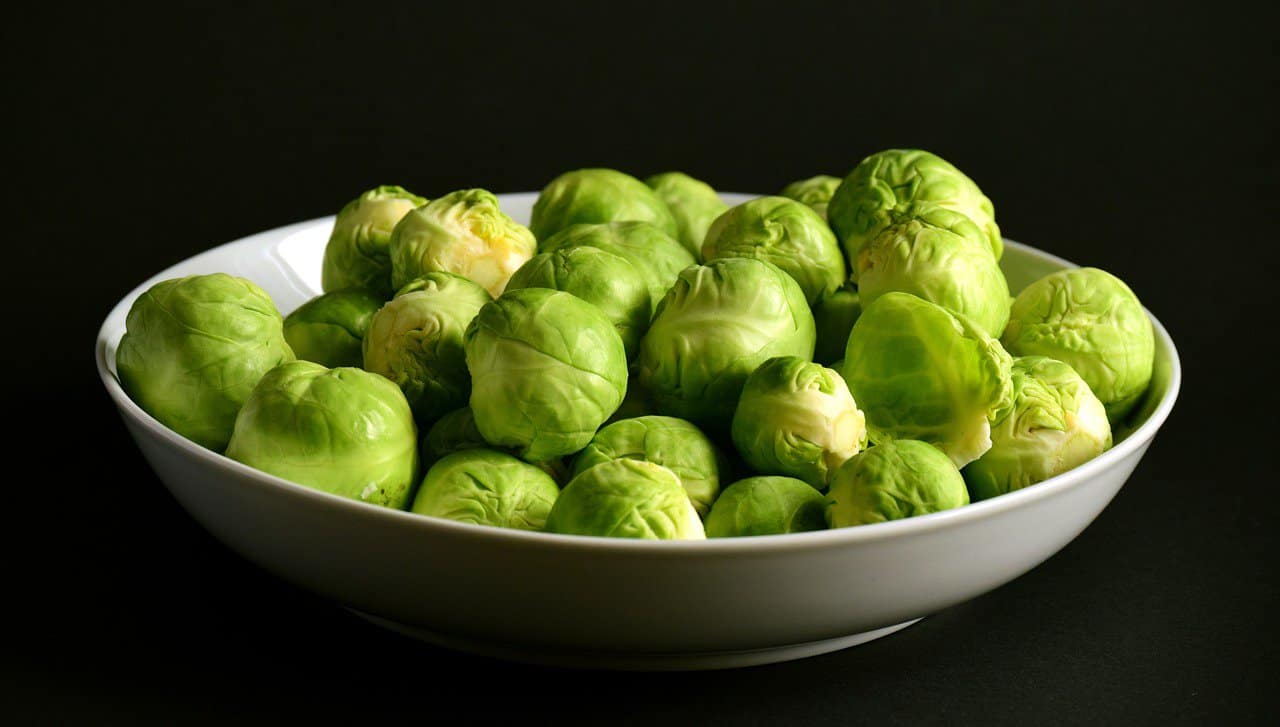
Brussel sprouts are not only super delicious but also super healthy since a single cup of them can have as much as four times the vitamin C you would get from an orange of the same size.
Temperature wise, just always make sure that they’re around 45 to 75 degrees Fahrenheit, and keep in mind that you will also need to balance out the moisture in your greenhouse with them since they absolutely love that.
Two inches of water per week will surely please them, and if you are looking for a quick harvest, you’ll be happy to hear that you can start reaping around 80 to 90 days later which is always nice to see.
1. Strawberries
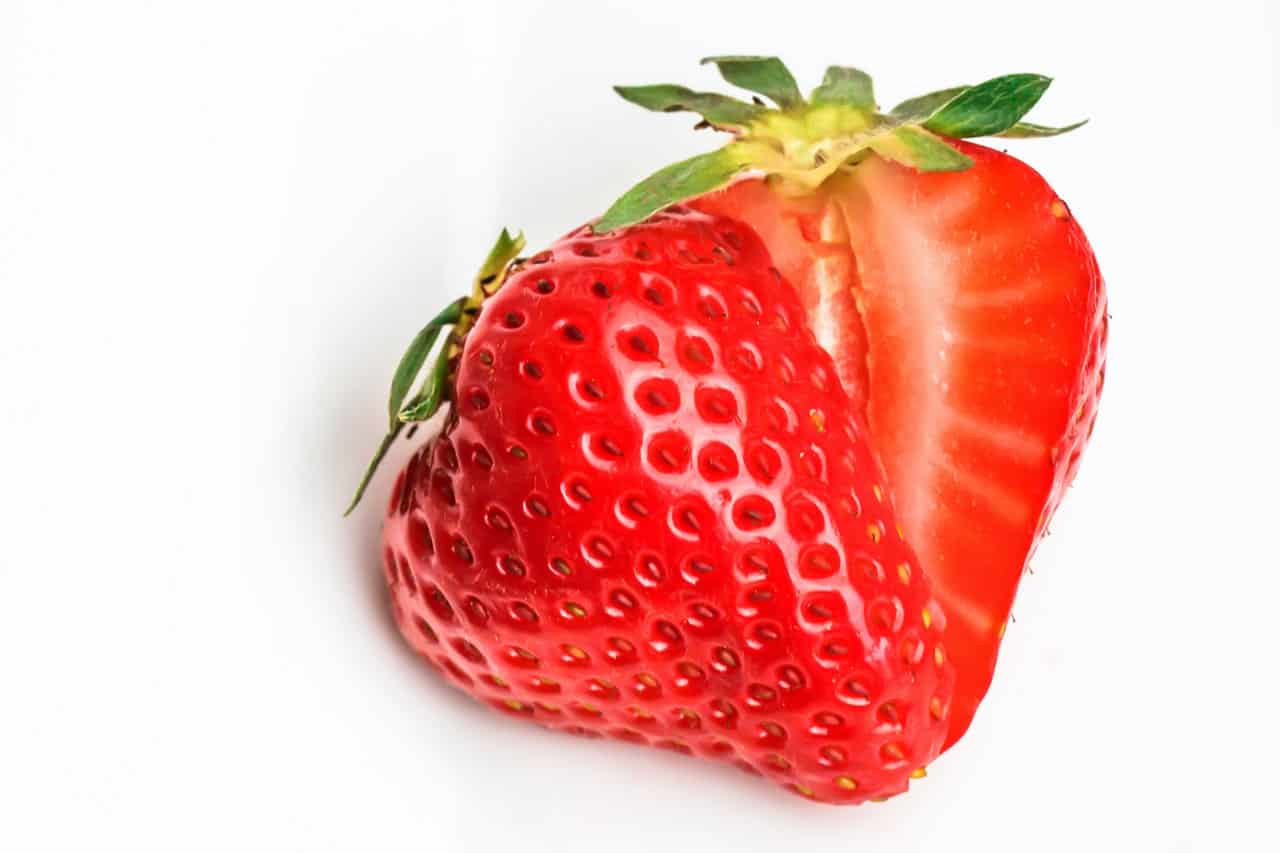
Many people believe that strawberries are summer plots only, but they’re mistaken. If you actually have the proper infrastructure to keep them growing then you don’t have to wait for summer to actually start growing your own strawberries.
You will need to go with around 60 to 77 degrees Fahrenheit in your greenhouse, but just keep in mind that as you plant them, you will need to make sure that the container or raised bed that you have installed is at least eight inches deep so there’s no problem with that later on down the line.
Conclusion
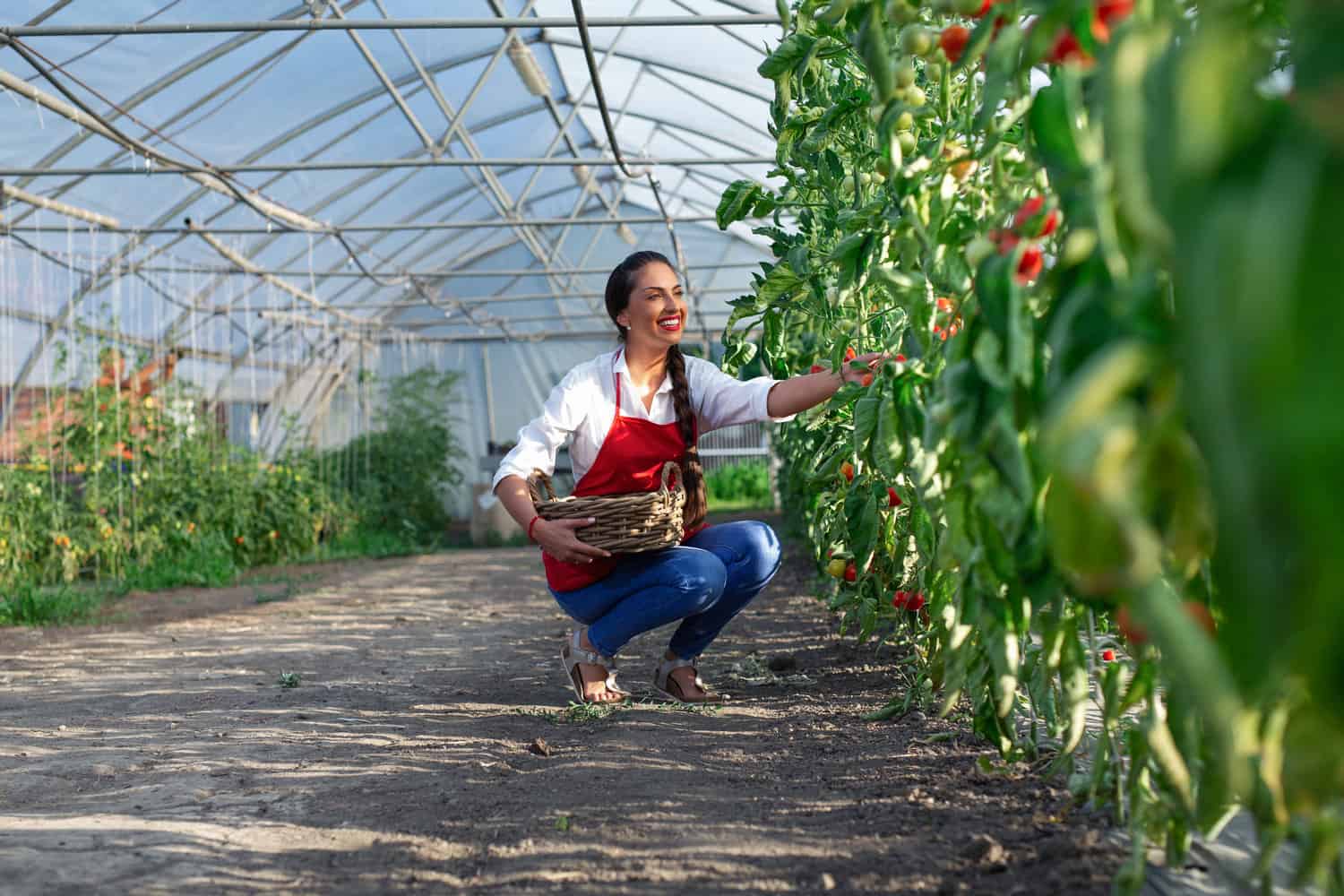
So, what have we learned today? In simple terms, anyone can start their own greenhouse, as long as you have the base materials to get the job done.
It doesn’t take a lot to start out, but the profits you’ll be garnering are sure to sprout a lot of joy for you. With all that being said, thank you for reading and we hope that your veggies will be twice as delicious as your last harvest.

